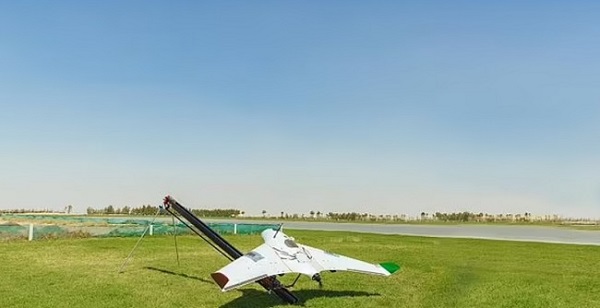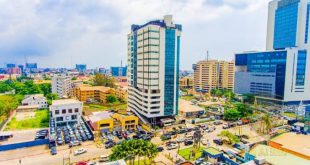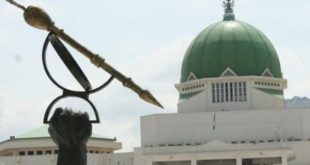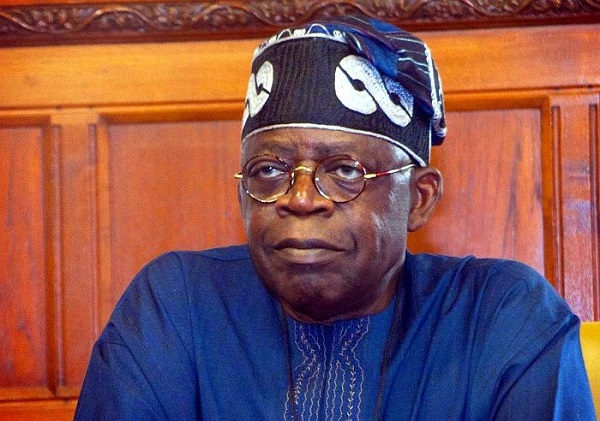
Dubai in the United Arab Emirates is creating its rain using drones that fly into clouds and unleash electrical charges. The charges give clouds electrics to ‘cajole them’ into clumping together and producing rain.
The precipitation is achieved via an enhanced technique known as cloud seeding, and its purpose is to increase condensation in the hope that it might trigger a downpour.

UAE, one of the most arid countries on earth, hopes the technique could help to increase its meager annual rainfall. The country ranks among the world’s top 10 driest with an average rainfall of just three inches. This is six times less than what is obtainable in northern Nigeria.
The UAE’s cloud seeding operations are part of an ongoing $15 million (£10.8m) mission to generate rain in the country.

In 2017, the UAE government provided $15m for nine different rain-enhancement projects. Among them is another cloud-seeding technology that launches salt missiles into clouds from planes.

Other instances where the technology was applied are ski resorts in Colorado, USA, where it was used to induce heavier snowfall; The former USSR also apparently used cloud seeding to prevent radioactive fallout from Chernobyl nuclear disaster in 1986 from reaching Moscow; Also, ahead of the 2008 Beijing Olympics opening ceremony, it was used to create a downpour elsewhere and keep the stadium dry.
UAE is also looking into methods to preserve the rain that does hit the ground, instead of allowing it to quickly evaporate or flow off into the sea. It has built dams and reservoirs to gather water that floods desert valleys. The country has around 130 dams and levees with a storage capacity of about 120 million cubic metres, according to the ministry report.
The Executive Director of National Centre for Meteorology and Seismology (NCMS), Abdulla al-Mandoos said studies were being prepared to plan more dams and to protect water, aimed at directing rain ‘from the cloud right into the aquifer’. “We do not want to waste a drop of water,” he said.
Before oil was discovered in the 1950s the UAE’s economy was dependent on fishing and the declining pearl industry. But since oil exports began in 1962, the country’s society and economy have been transformed. The UAE has diversified and has become a regional trading and tourism hub.
It is evident that UAE has attained advancement in major sectors of their economy and still pursuing, making life easy for their citizens and attracting investors and tourists yet the priorities of our leaders, policymakers, politicians, clergy etc. differ.
It can be argued that Nigeria is more endowed both in human and natural resources than UAE, but what have we achieved with what we have? What good are all these millions of engineers being churned out of Nigerian universities every year? Is science and technology a viable venture or is it dead in Nigeria universities?
The UAE has since moved away from dependency on its oil and it’s high time Nigeria put that in action and not in words with a favourable and consistent policy that can drive growth, attract investors,and provide a good business environment.
We have no excuse to mismanage Nigeria’s natural resources. Perhaps, like a former Nigeria head of state, General Yakubu Gowon said “Money is not Nigeria’s problem, but how to spend it!”
 MMS PLUS NG – Maritime, Aviation, Business, Oil and Gas News Online Newspaper with coverage in Maritime, Oil and Gas, Aviation, Power and Energy as well as Financial News
MMS PLUS NG – Maritime, Aviation, Business, Oil and Gas News Online Newspaper with coverage in Maritime, Oil and Gas, Aviation, Power and Energy as well as Financial News









